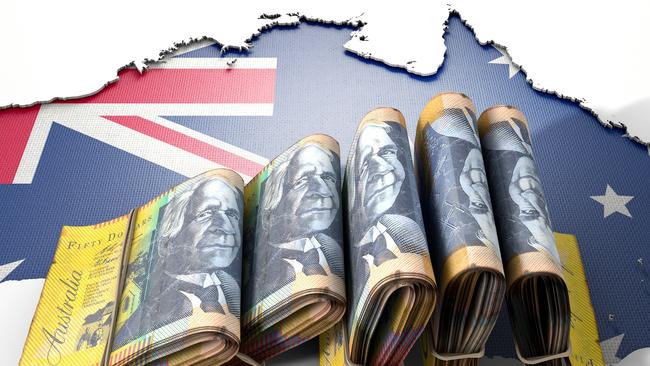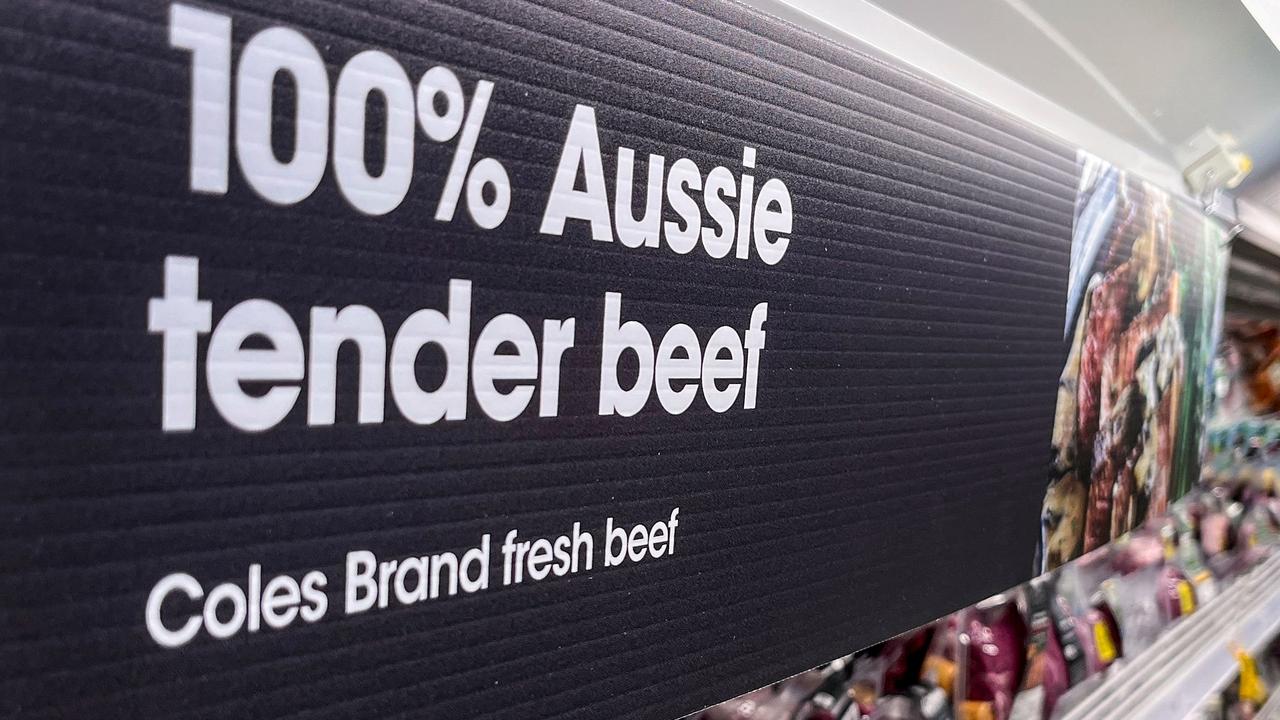Superannuation fund fees take a bigger wealth bite than you think
Would you throw away $200,000-plus? Many Aussies are potentially doing that by ignoring superannuation fund charges.

Super fund members are missing out on thousands of dollars a year – and potentially hundreds of thousands of dollars at retirement – by failing to check their fees.
Superannuation specialists warn paying more than 1 per cent in annual fees on your super is bad for your nest egg, and some charges are “hidden” in the back pages of annual super statements.
It comes as new research from investment giant Vanguard found two thirds of people do not realise their super fund can charge them multiple fees. It found half of Australians have never switched super providers, and only 1 per cent are aware up to six fee types are charged.
Stockspot founder and CEO Chris Brycki said a decade of research by his investment advice business had found super funds charging less than 1 per cent a year in total fees outperformed.
“It’s important that people consider the total fee – not just investment fees, but also administration, transaction, and other hidden costs,” he said.
“Our Fat Cat Funds research shows that paying just 1 per cent more in superannuation fees could leave you $245,000 poorer by retirement.

“Rainmaker research shows that this is likely to be around 20 per cent of your final retirement balance. That’s the difference between a comfortable retirement and one where you might struggle.”
Mr Brycki said fees that could “quietly drain” people’s retirement savings included performance fees, fixed administration charges and fees from multiple accounts.
“Every extra dollar in fees can significantly eat into your long-term savings, so you should find out exactly what you’re being charged,” he said.
Vanguard found the most commonly identified super fees by Australians were administration fees, then insurance premiums, investment fees and transaction fees.
“More than half of Australians – 53 per cent – do not understand how the total fees they pay affects their balance,” it says. “Just 19 per cent are aware of the ATO’s Your Super comparison tool.”
Vanguard Investments Australia managing director Daniel Shrimski said fee confusion took advantage of low engagement and financial literacy around superannuation.
“Regulatory guidance exists for disclosure documents or a fund’s MySuper dashboard, but when it comes to how fees are presented on websites, social media and in advertising, there is no consistency,” he said.
“It’s confusing, unclear, and impossible to compare.”
Previous Productivity Commission research found a 0.5 per cent higher annual fee could cost a typical worker $100,000 by retirement.
Marinis Financial Group CEO Theo Marinis said finding your total fees could be difficult because investment fees were deducted before returns were credited to your account.
“That is always hidden,” he said. “They tell you the admin free upfront in your statement but then you have to check towards the back for the additional fees taken out of your account.”
Mr Marinis said many people did not realise the impact that small fee changes could have on their retirement savings.

“If you have $1 million and I tell you I can save you 0.5 per cent, that doesn’t sound like much. But I convert it to dollars – it’s about $5000 per year, and they understand that.”
Mr Marinis said many default super funds charged between 0.8 and 1.4 per cent total fees, but wealthier clients paid a lower percentage because platforms capped fees. “With index funds, our high net worth clients pay 0.2 per cent,” he said.
Tribeca Financial CEO Ryan Watson said anyone paying more than 0.5 per cent of their account balance in total fees should review their super arrangements.
“Both administration and investment fees on superannuation accounts continue to come down, leaving some superannuation account holders with uncompetitive superannuation fees arrangements over time,” he said.






To join the conversation, please log in. Don't have an account? Register
Join the conversation, you are commenting as Logout